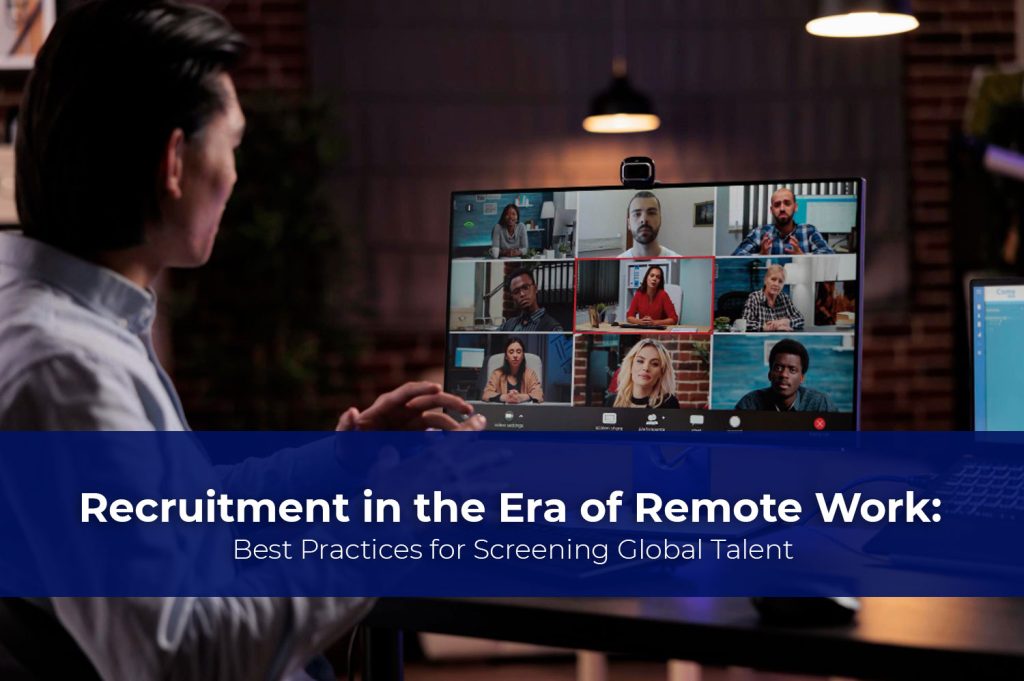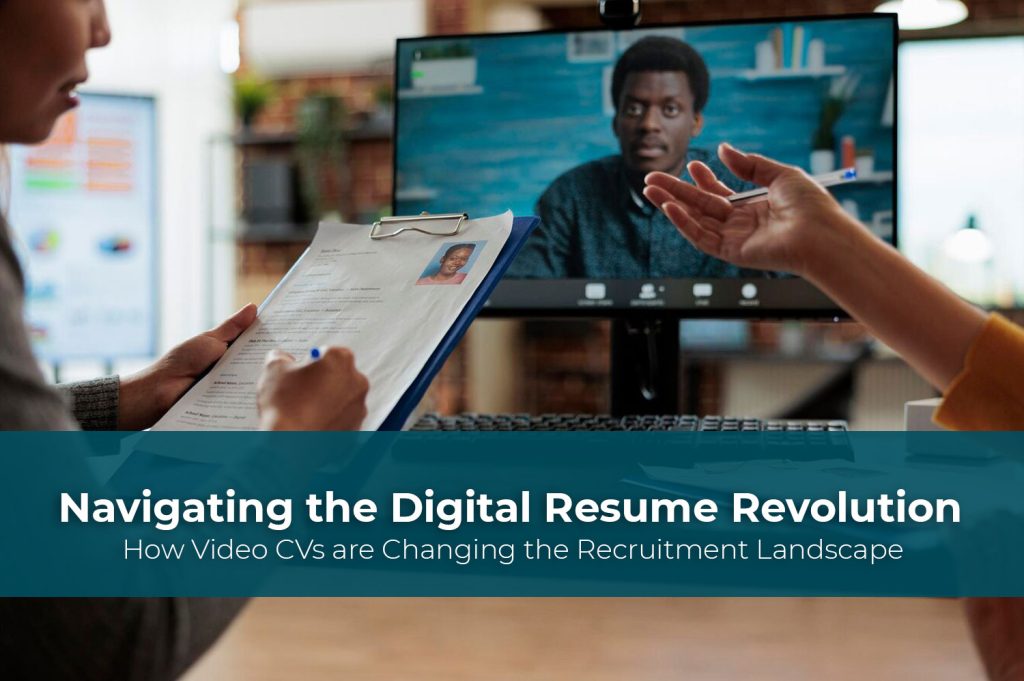Why Has Recruitment Become More Challenging Recently?

“Your human talent is your most important talent.” – Carla Harris, Wall Street Banker
The recruitment business is balanced on a razor’s edge for the most part. Recruiters and recruitment agencies have to tread that thin line to try and maintain that balance between evolving techniques and sourcing quality candidates. The truth of the matter is, in recent times, recruitment has become more complicated. Companies are struggling to find top-quality talent due to several factors. From not being able to find these candidates in an active talent pool to trying to keep up with evolving trends in the job market, it is a game of agility. These recruitment challenges are what we are going to try and address in this blog.
Recruitment, in truth, is part science and part art form. It is a mix of technology and good, old-fashioned intuition gained from experience in the market. In the tight market we find ourselves in these days, it can often feel like an uphill battle. So, we know that it is getting harder to source the candidates we want. That begs the question: Why is recruitment becoming more challenging? Let’s have a look, shall we?
Table of Contents
ToggleThe Costs and Effectiveness of Channels are not Monitored
If you have ever been involved in the recruitment business, you know that in the past 5 years or so, social media and other channels of communication have become very popular in terms of reaching candidates. However, companies may not be aware of which channels work the best, especially if they primarily worked with traditional recruitment methods and tried to transition into the modern digital recruitment space without the proper tools.
This brings us to the next issue, which is the move from traditional to digital recruitment methods. Now, don’t get us wrong, digital recruitment marketing can allow for effective and streamlined communications. It can also allow you to measure the effectiveness of these channels so that you can develop the potential of the recruitment process based on the data that you collect.
Despite all that these digital channels can deliver, therein lie recruitment challenges. If companies don’t know which channels are the most effective, they will just keep investing in more ineffective channels. This in turn makes recruitment unnecessarily expensive and heavy for companies.
External factors play a major role in recruitment challenges.

Internal & External Factors that Come into Play
Some of the most influential factors are the internal and external recruitment factors. The internal factors are things that refer to the organization’s activities. External factors are things that occur, as the name suggests, externally. A good example of an internal factor making things more difficult is when companies employ outdated recruitment strategies that no longer work for today’s candidates. These are hurdles that the company or business can directly address or influence in some way or another.
External factors like the Covid-19 pandemic, economic recessions, political policy changes and so on are things that can also negatively affect the recruitment process. However, these are factors that the business has little to no control over. While the fallout can be managed, the direct influence facet is not there.
“Hiring people is an art, not a science, and resumes can’t tell you whether someone will fit into a company’s culture.” – Howard Schulz, American Businessman
Candidate Communications Lacking a Human Touch
Candidate communication is a highly important aspect of the recruitment process. It has to be done in such a way that it communicates the needs of the company, while still addressing the needs of the candidate. In the modern landscape, we find that a lot of organizations are adopting an automated approach to the recruitment process. While this is great in terms of function and efficiency, it does carry the danger of subtracting something meaningful.
You have to remember that the candidate’s first impression of the company comes from the first point of contact. Now, when that point of contact is an automated system, it can present a challenge. What we mean by that is, that it can lack a personal or human touch.
On the other side of the fence, we also need to consider the more traditional method of communication with the candidate. For the companies that don’t use a recruitment system to communicate efficiently with the candidate, there lies yet another danger of miscommunication. Candidates need to be informed about the different stages of the recruitment process, any interim information, and even information regarding their application rejection.
Whether companies are using human systems or automated systems, both carry risks in this day and age. The recruitment challenge comes back to walking that fine line.

Bottlenecks in the application process make add to the recruitment challenges of an organization.
Bottlenecks in the Application Process
The application process is a major contributor to the recruitment challenges that organizations are seeing. As you notice, most of the application processes these days are built to attract active job seekers. This presents us with a problem in the modern job market where companies are looking to attract applicants but cannot because the vast majority are passive candidates.
Recent studies and surveys put the number of passive candidates at around 70 per cent out of the active global workforce. That is a massive talent pool that is going unengaged. But, why are application processes designed like this?
The answer to that lies in brand perception. When companies craft these recruitment processes, they do so based on the employer’s perspective and are organization driven. This means that the company is counting on their brand being strong enough to attract top talent to their organization on name alone. What this does is, it automatically sidelines a smoother application process and puts candidate expectations on the back-burner. This is part of what makes the application process one of the biggest recruitment.
The solution to this particular issue lies in companies emphasizing the candidate’s experience. They need to create an application process that is centred around the candidate and develop their company brand to support this endeavour.
There are of course some particulars that you should keep an eye out for in the application process. For one, you need to make sure that the application process can be carried out across various devices. The accessibility factor will greatly help with attracting candidates who want to quickly apply through their phones or tablets.
Another thing to try and avoid is hosting the application process on a secondary re-directed site that requires the candidate to register and create a profile before applying. It’s too much of a hassle and they won’t go for it. Remember, convenience is the name of the game!
Conclusion
To wrap things up; companies need to be ready for a radical change soon! The old ways of recruitment cannot support the expansion of a business’s workforce by themselves. New and innovative methods that have a foundation of inclusion are a must if you want to see success. Practices need to be able to respond to the changes in the market at a moment’s notice.
By staying on top of which channels work best, knowing the level of investment you need to put in and where will go a long way in eliminating those recruitment challenges. Metrics, data and a simplified application process can also play a significant role in the overall performance of your recruitment game.





























